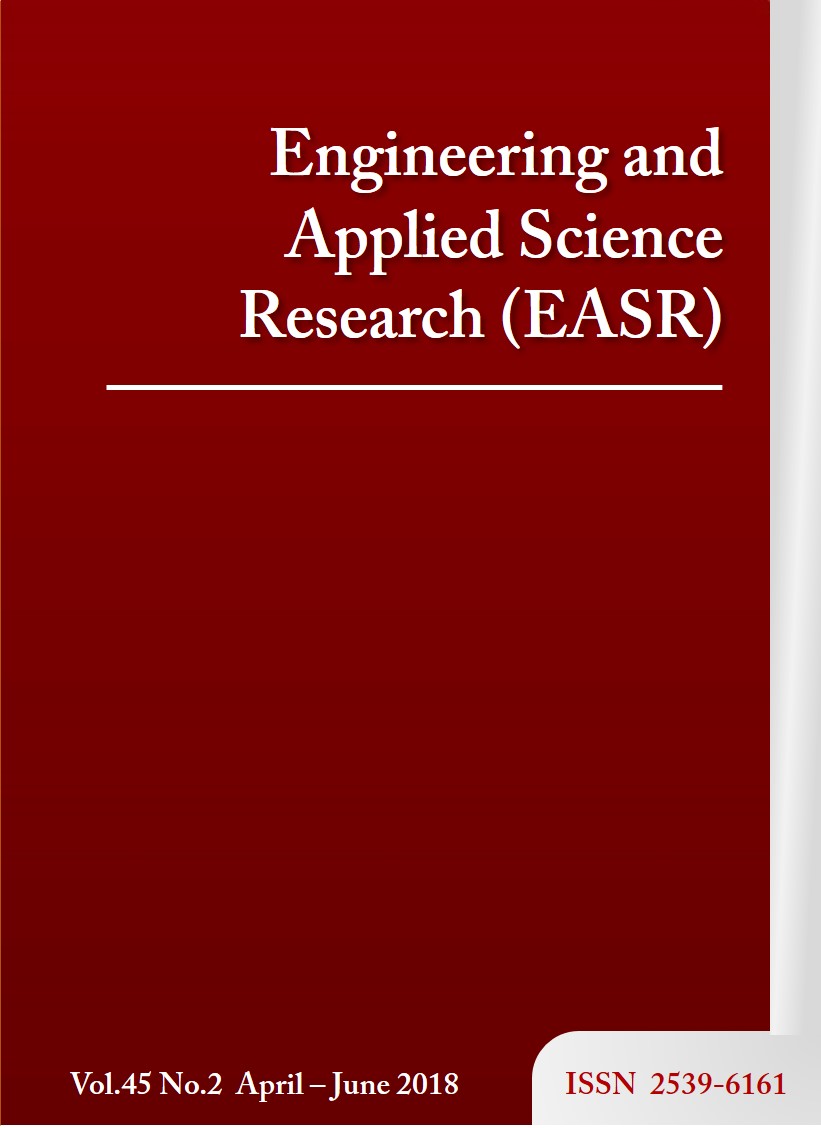STEM teaching in a chemistry laboratory “How to build a simple battery in the laboratory”
Main Article Content
Abstract
Active learning, especially STEM education, has been proven to help students develop their learning skills. Most teachers are encouraged to create activities and environments that help students to learn not only about theories involved in each lesson, but also help them to develop skills required in the 21st century. The STEM approach is used in a laboratory in a Chemistry for Engineers course at Mae Fah Luang University on the topic of electrochemistry. The battery is used as a real world application of electrochemistry. The lesson plan of a 2.5-hour laboratory session based on STEM is presented in this article. Starting with concept engagement on the subject of batteries, students use their inquiry skills to search for information about batteries. The following activities are hands-on experiences in using batteries to power light bulbs, construct galvanic cells and create a functioning battery to power a light bulb using galvanic cells. The final challenge was to create a battery from galvanic cells to produce the brightest light bulb. After class, students’ self-evaluations showed that the activities helped them to understand the scientific concepts involved in electrochemistry, as well as concepts of current, voltage and electricity. They also thought that the activities helped to improve their critical thinking and team-working skills.
Article Details
This work is licensed under a Creative Commons Attribution-NonCommercial-NoDerivatives 4.0 International License.
References
[2] Graaff E, Saunders-Smits G, Nieweg M. Research and practice of active learning in engineering education. Netherlands: Amsterdam University Press; 2005.
[3] Mabrouk PA. Active learning: Models from the analytical sciences. USA: American Chemical Society; 2007.
[4] Casale-Giannola D, Green LS. 41 Active learning strategies for the inclusive classroom, Grades 6 12. California: Corwin; 2012.
[5] Partnership for 21st century learning. Framework for 21st Century Learning. Washington: P21; 2016.
[6] Fan S-CC, Ritz JM. International views of STEM education. In Vries de MJ, Editor. Proceedings of the pupils attitude toward technology conference, 2014 Mar 27-28; Orlando, USA. p. 7-14.
[7] Hom EJ. What is STEM education? [Internet]. USA: LiveScience Contributor [cited 2017 Mar 17]. Available from: https://www.livescience.com/43296-what-is-stem-education.html.
[8] Merrill C, Daugherty J. The future of TE masters degrees: STEM. Meeting of the International Technology Education Association; Louisville, KY. 2009.
[9] Nathan BR, Nilsen L. Southwestern Pennsylvania STEM network long range plan. Pennsylvania: Southwest Pennsylvania Regional STEM Network; 2009.
[10] Department of Education, Office of Innovation and Improvement. STEM 2026: A vision for innovation in STEM Education. USA: Office of Innovation and Improvement; 2016.
[11] STEM Education Thailand [Internet]. Thailand: STEM Education [cited 2017 Mar 17]. Available from: http://www.stemedthailand.org.
[12] Brown LS, Holme TA. Chemistry for engineering students: 3rd ed. Stamford, CT: Brooks/Cole Cengage Learning; 2015.


